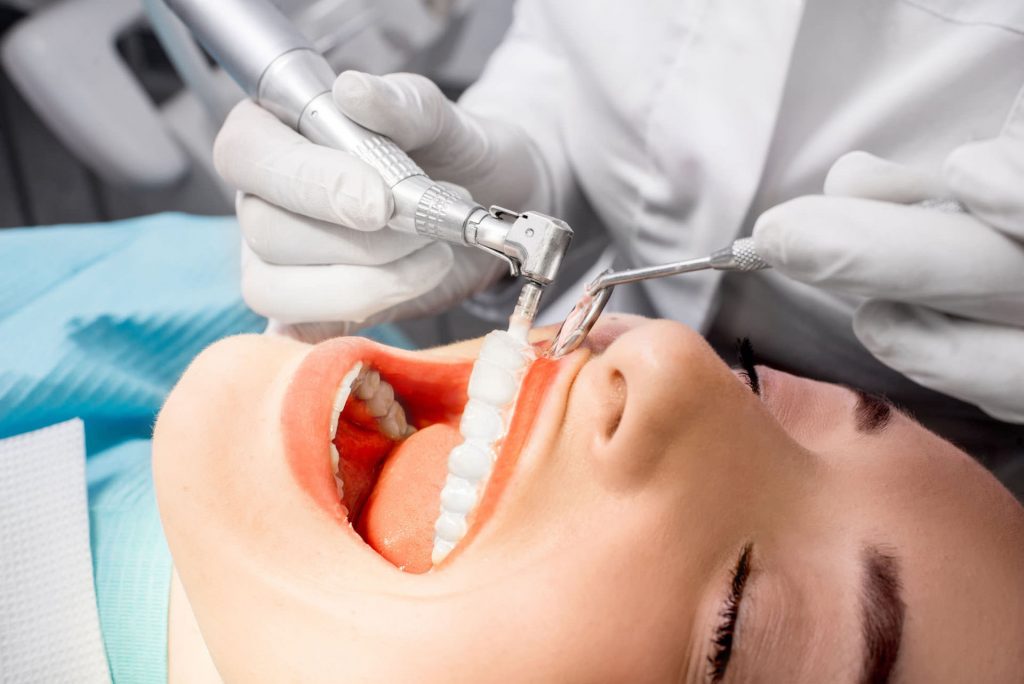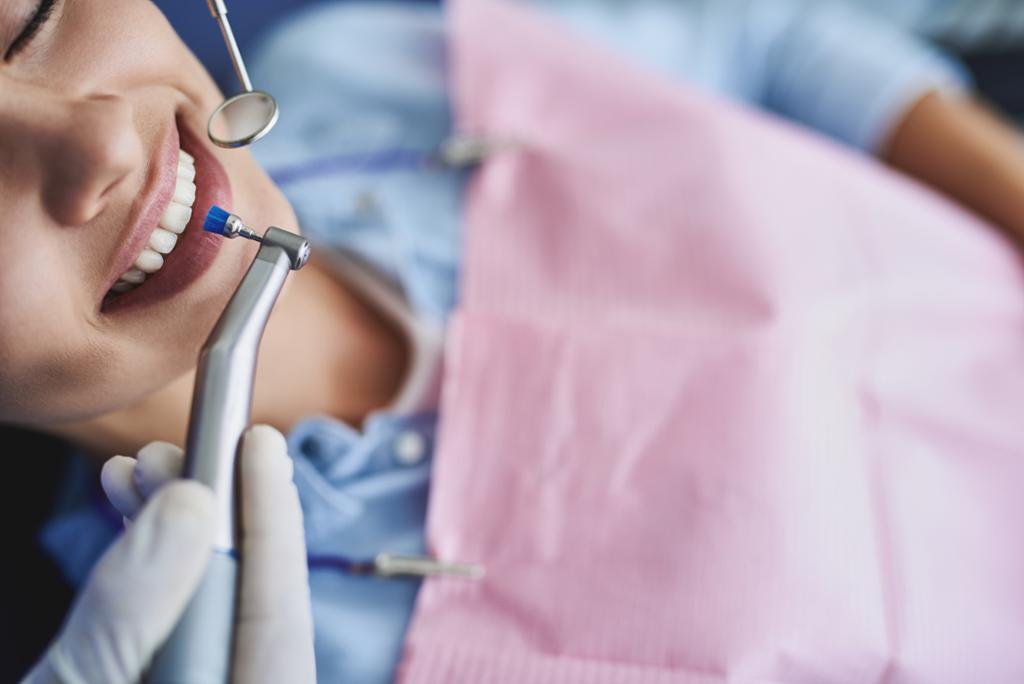Dental Cleanings With Smart Family Dentistry
Although oral health and cleanliness are primarily maintained at home, a routine dental cleaning should be performed to ensure preventive care, remove any plaque and calculus build up that may have been missed during your at-home care, and give you a good evaluation of the state of your of your oral health.The timing of these visits are customized to your needs, often occurring every 4-6 months.

What Is A Dental Cleaning?
A dental cleaning, or prophylaxis, is a professional tooth cleaning, administered by a dentist or dental hygienist, focusing on the removal of plaque and calculus build up. Cleanings are designed to maintain your healthy tissue. If you have active periodontal disease, you may need a different type of appointment.

What Should I Expect From Regular Cleanings?

Visiting the dentist can be scary, and if you are not used to routine teeth cleanings, the unfamiliar process can be intimidating. Professional teeth cleaning from a dental hygienist focuses on the removal of plaque, calculus, and stains that have accumulated over time. Dentists use specialized scaling instruments in order to remove these calcified deposits, and help reduce plaque build-up and bone loss. Generally, the process goes like this:
A Physical Exam - A dentist or dental hygienist will start with an oral exam in order to access any potential problems or issues such as gingivitis, cavities, or tooth decay. If a major problem is detected, your hygienist may call your dentist to evaluate the problem and determine the appropriate way to proceed.
Build-Up Removal - A hygienist will use various specialized instruments to remove the plaque and calculus build-up located on and between the teeth, and from around the gum line. This process involves smoothing the teeth, with the hand scaler, and perhaps an ultrasonic scaler, until the calculus has been removed.
Cleaning - After calculus removal, a hygienist will use a polishing handpiece to remove any calculus residue or stain left behind after scaling. This instrument leaves your mouth feeling clean and refreshed.
Flossing -After your teeth have been polished, the hygienist will floss your teeth. This helps the hygienist determine any problem areas between teeth, and locate any potential troubled areas that may bleed in the gums. Flossing also helps to find any areas in between your teeth that may have rough fillings or crowns or possibly even developing decay.
Fluoride Treatment -We offer a safe and effective fluoride varnish at the end of your appointment. The material will cure the surface of your enamel and add density, cumulatively resulting in a distinctively glossy enamel surface. The stronger enamel and root surfaces will help protect you from sensitivity and decay. Ask your dentist or hygienist if this or another type of supplemental fluoride is a good choice for you.